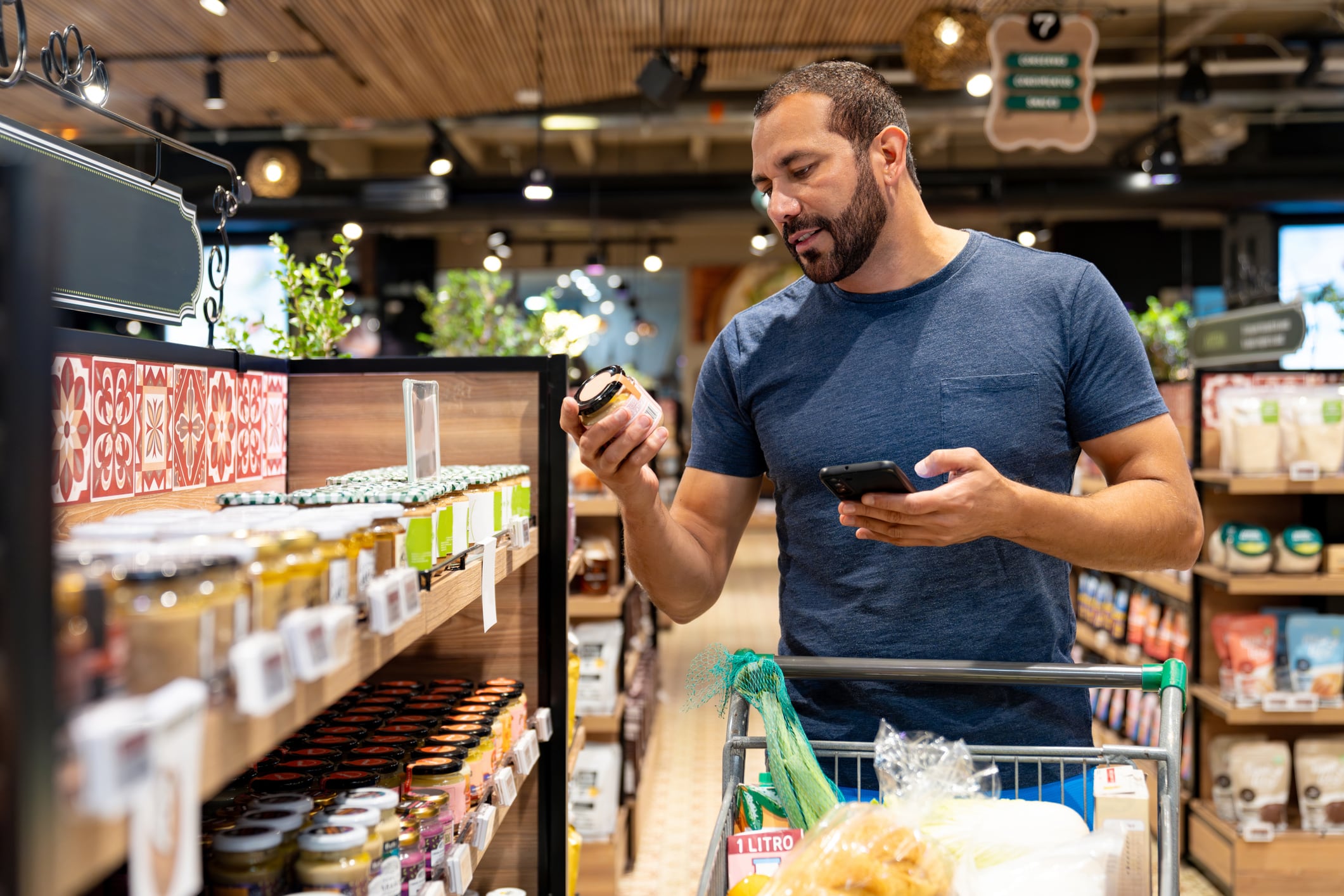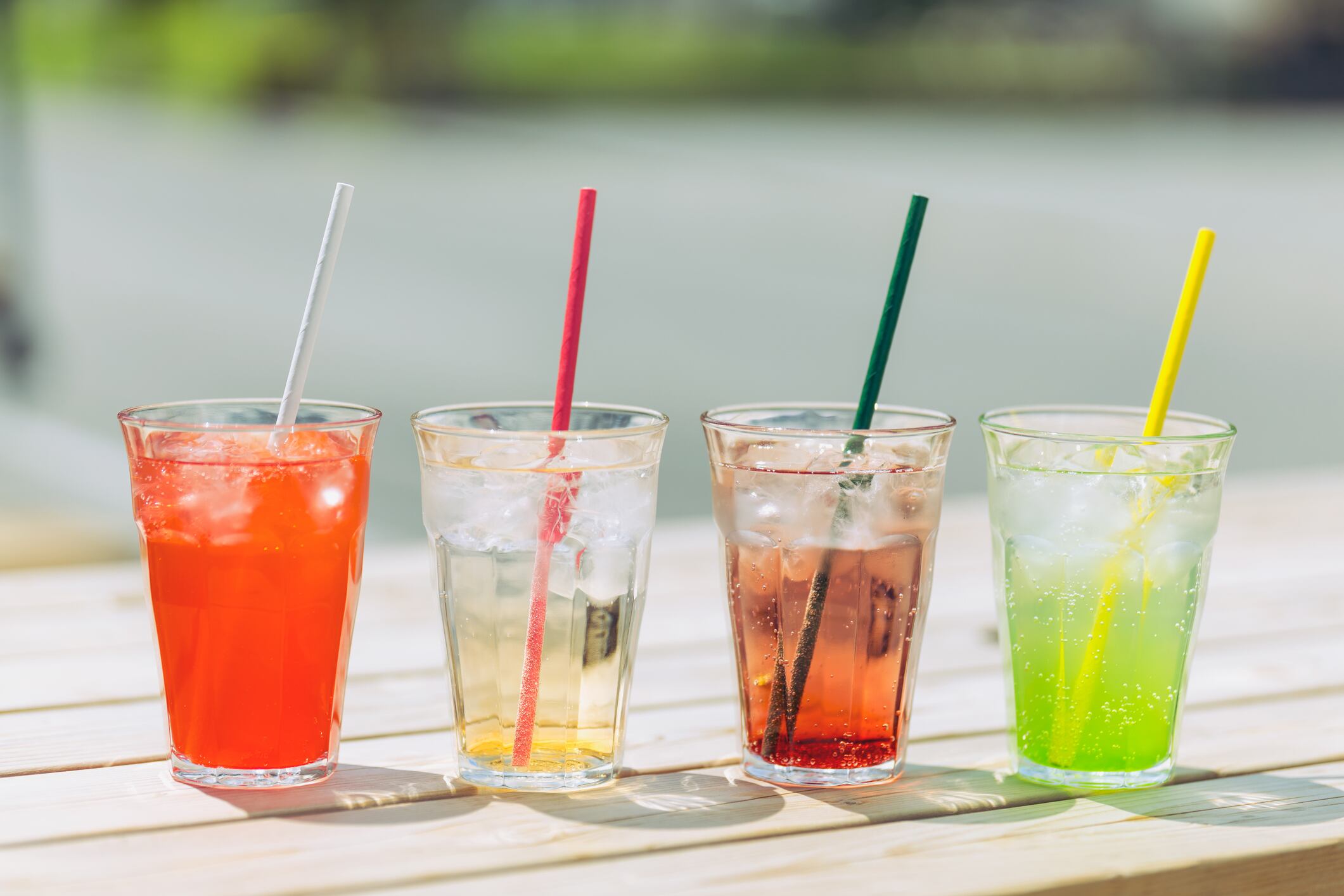As consumers’ understanding of ‘clean label’ evolves, food and beverage brands, ingredient suppliers and retailers need to rethink how they tell stories about what is in their products, how they are made, how they impact the health of people and the planet and their safety, Stephanie Mattucci, director, Mintel Food and Drink, advised yesterday during FoodNavigator-USA’s digital event – Clean Label 2.0: Soothing safety concerns and navigating state bans, which is free to watch on demand.
Some companies, like baby food brand Serenity Kids, whose CEO Serenity Carr joined Mattucci as a speaker in the webinar, are leaning into third-party certifications to reassure consumers about the safety and quality of their products. Other industry leaders, like Gregory Vetter, founder and CEO of Alta Fresh Foods and founder and former CEO of Tessemae’s All Natural, who also participated in the webinar, are actively educating retailers and consumers about the health – and business – benefits of high quality, fresh and clean label food.
As industry stakeholders adjust their storytelling, including claims, to better resonate with modern consumers, they also need to stay abreast of changes in the regulation and litigation landscape that could influence how they talk about their products’ benefits and clean label positioning, Brian Sylvester, partner and food regulatory chair at Perkins Coie, said during the event.
The evolution of ‘clean label’ and what modern consumers want
When ‘clean label’ first emerged as an industry-facing term about 15 years ago it acknowledged consumer demand for more information about the foods they ate, including their desire at the time for ingredients that they could find in their kitchen pantries and which they perceived as safer or more natural than ‘chemicals’ or unfamiliar additives, Mattucci said.
The health and safety of food and ingredients remains core to consumers’ current predilections for ‘clean label,’ but Mattucci said their preferences have expanded beyond just the ingredients to include processing and packaging as well as ethical and environmental concerns.
“As we consider the effects of what we eat, not only to ourselves, but also to the world around us, clean label products will need to tackle those issues beyond the ingredient statement. Things like sourcing, sustainability, even improving the welfare of animals, farmers and workers as consumers really understand how their individual health and safety is tied to the world around them,” she explained.
“Certainly there have been significant safety concerns tied with previous agricultural and industrial practices,” she added. “We see headlines all the time related to contamination from micro-plastics to heavy metals to pesticides, and therefore clean agriculture is going to be really central to the future of clean label products.”
Serenity Kids’ storytelling strategy and marketing advice
Serenity Kids has adopted a multi-prong storytelling strategy to address these and other components of consumer demand for clean label.
Carr explained the company was among the first baby food brands to be awarded the Clean Label Project Purity Award in 2020 as a way to independently verify that its foods were among the cleanest on the market.
She explained the certifiers test products pulled at random from the grocery shelf so the company cannot influence the certification process by sending samples from a run that performed well.
“We have heard from our consumers that our partnership gives parents and caregivers more peace of mind when choosing a brand like ours,” she said.
In addition, since partnering with Clean Label Project, Serenity Kids has helped shape the industry as one of the founding members of the Clean Label Project’s Baby Coalition, which includes 30 infant, child and maternal health brands. The coalition advocates for stricter legislation and regulation of harmful contaminants in packaged food for children and works with an ISO accredited lab to ensure products meet high standards, she explained.
Take action: ‘Start with one theme and then dig in’
As the Make America Healthy Again movement elevates the connection between nutrition and health, industry can expect increased consumer, legislative and regulatory scrutiny of long-used ingredients.
Whether or not science supports the safety of ingredients in the crosshairs, companies may want to reformulate products to assuage consumer concerns and meet their heightened clean label expectations.
With so many ingredients and processing techniques under the microscope, knowing where to start can feel overwhelming, which is why Vetter recommends companies “start with one theme and then dig in.”
For example, he said, brands might want to research thickening agents – including how many there are, how prevalent they are in products across categories and if there are other options they like better and which might better resonate with consumers.
“To expect somebody to just go from zero to 100 is unrealistic,” he added. “From a theme perspective, choose one thing, do research on it, and then start being your own guinea pig to say, ‘Well, is there another product that doesn’t use it? Do I like this one more? And then why is it in this one? And do more research into that.”
Watch on demand – Clean label 2.0: Soothing safety concerns and navigating state bans
Learn more about how perceptions of clean label are evolving among consumers, legislators and regulators and how their expectations are impacting the competitive landscape by watching on demand our free webinar – Clean label 2.0: Soothing safety concerns and navigating state bans.
The 60-minute event is packed with market insights, regulatory and legislative analysis and concrete take aways from industry stakeholders, including:
- Stephanie Mattucci, director of food science at Mintel,
- Brian Sylvester, partner at Perkins Coie,
- Serenity Carr, co-founder and CEO of Serentiy Kids, and
- Gregory Vetter, founder and CEO of Alta Fresh Foods and founder and former CEO of Tessamea’s All Natural
Register and watch at your convenience.




